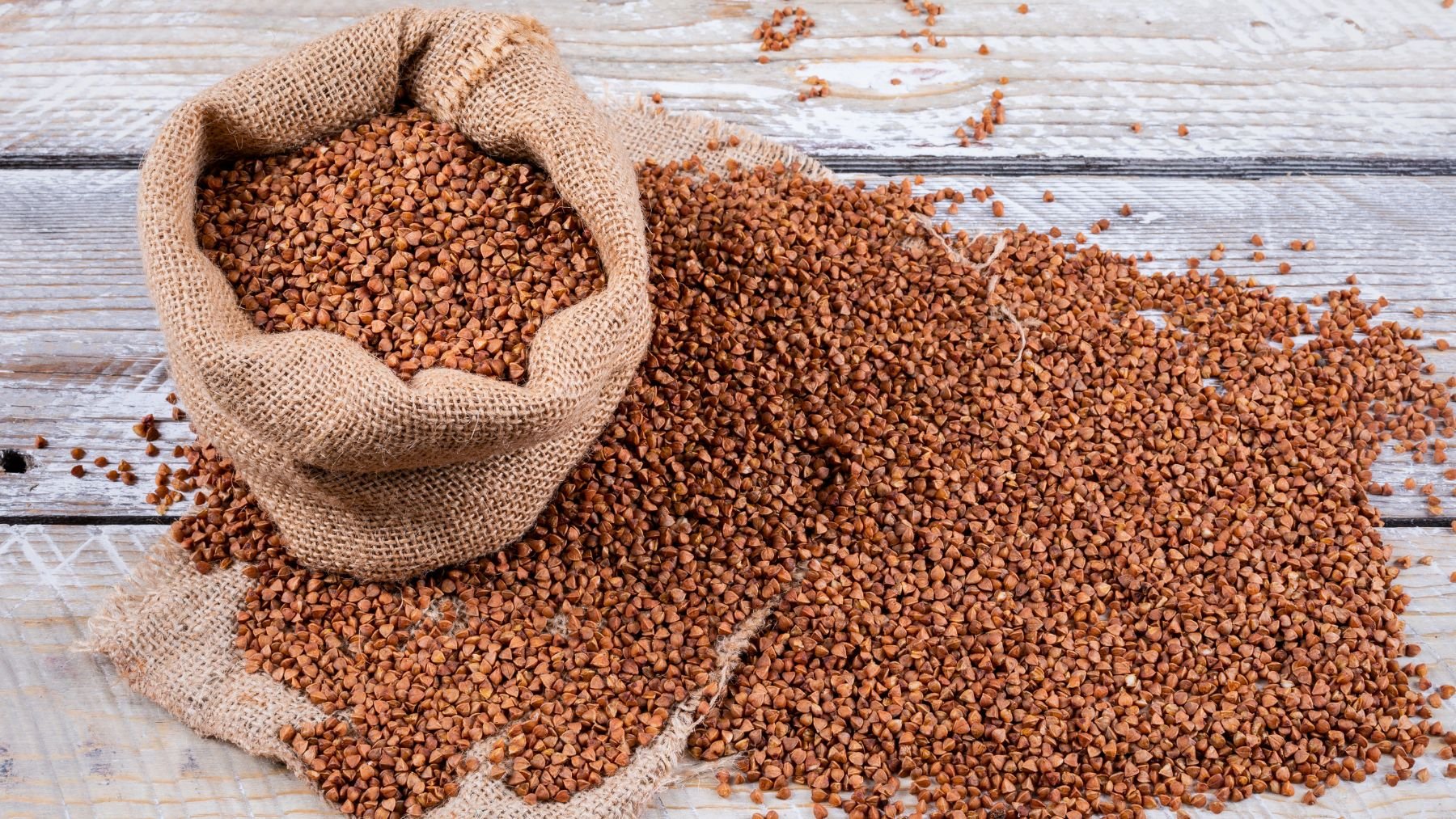You have likely tried recipes with quinoa because of its protein-rich profile and culinary versatility. However, there’s an ancient grain that can be an even better alternative. Teff is a tiny, gluten-free seed native to North Africa that delivers more calcium per cup than quinoa and provides all eight essential amino acids.
Here, we’ll break down its impressive nutritional benefits, compare it with other grains such as millet, amaranth, and quinoa, and share some ways to incorporate it into everyday meals. Let’s explore what makes teff such a noteworthy addition to your dietary repertoire.
Teff: the plant-based protein that can be a great alternative to quinoa
Teff has a long history and has been a dietary cornerstone in Ethiopia for centuries, where it’s traditionally ground into injera, a spongy fermented flatbread. These poppy seed-sized grains pack significant amounts of manganese for bone strength, iron for sustained energy, and offer more fiber per serving than quinoa, barley, or other cereals.
A single cooked cup provides nearly 40% of your daily calcium requirement, a rarity among grains. Besides, it’s a complete protein, containing all eight essential amino acids that your body cannot synthesize on its own, making it comparable to other protein-dense plant foods such as legumes and chia seeds.
Unlike many trendy grains that require extensive processing, teff thrives in harsh, arid conditions with minimal water. Its mild, nutty flavor complements both sweet and savory dishes, and its naturally gluten-free character makes it a safe and nourishing alternative for those following specialized diets.
How to incorporate teff easily into your meals
The small size and distinctive texture of teff make it remarkably versatile in the kitchen. Here is how to begin:
- Swap it into breakfast bowls. Stir uncooked teff grains into your oatmeal as they gently simmer. As they cook, the grains soften gradually, adding a crunch and extra protein to your breakfast while enhancing your intake of essential minerals.
- Bake with teff flour. Use teff flour as an alternative in pancakes, muffins, or quick breads. Its earthy, robust flavor pairs excellently with ingredients such as chocolate, bananas, or spices like cinnamon.
- Make savory “polenta”. Cook teff in a flavorful broth until it reaches a creamy texture, then top it with roasted vegetables, fresh cheese, or a fried egg.
- Thicken soups and stews. A modest tablespoon of teff can add body and richness to your broths and stews without overpowering the other flavors.
If your schedule is packed and you don’t have plenty of time, premade teff products can be very convenient. Specialty grocery stores and online health food retailers offer a variety of teff-based items—whether it’s teff pasta, crispy teff crackers, or ready-to-eat injera—that make it easy to enjoy the benefits of this ancient grain without extensive preparation.
Begin with a small bag of teff or one of its ready-to-use offerings, and experiment with a new recipe each week. You’ll soon discover its versatility and robust flavor profile. In time, you may find yourself questioning why you ever confined your diet solely to more conventional grains like quinoa.

